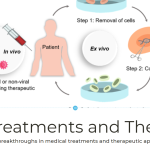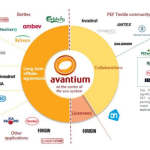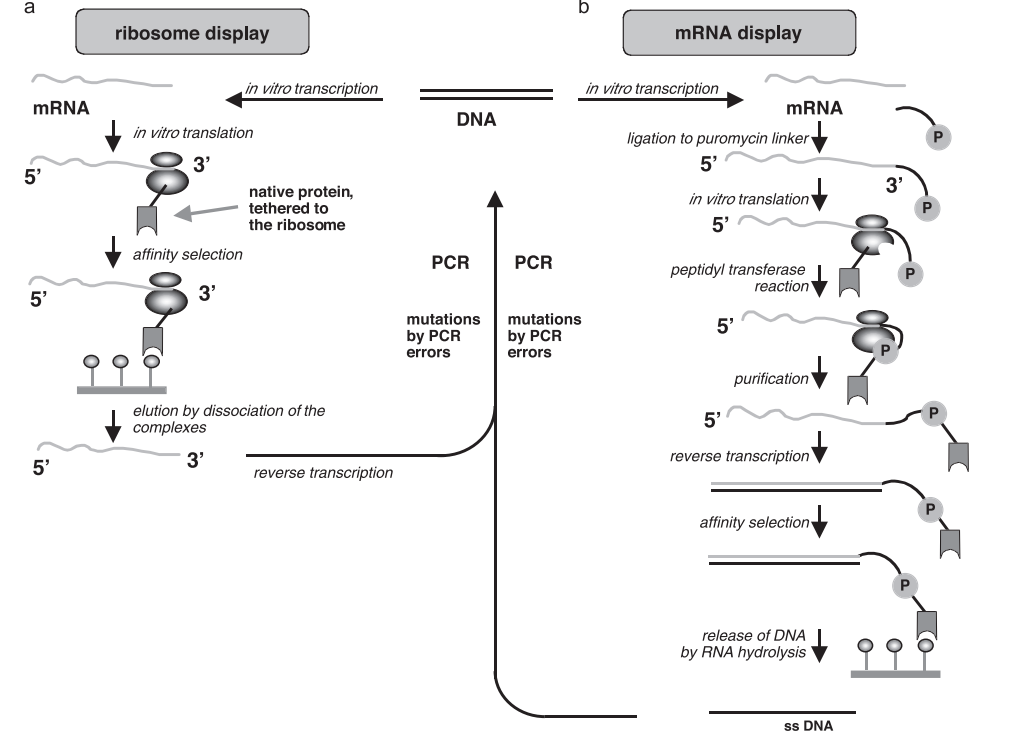The gene editing field underwent a major transformation with CRISPR-Cas9 because it allows scientists to make precise and efficient genomic modifications. The broad application of CRISPR-Cas9 technology does not prevent researchers from facing difficulties particularly related to achieving high knockout efficiency. The most prevalent problem in CRISPR-Cas9 experiments is inadequate gene deletion levels that produce variable outcomes and obstruct subsequent research steps. This article investigates the reasons behind poor knockout efficiency and offers practical solutions to enhance the success rate of CRISPR-based gene knockout experiments.
Understanding Knockout Efficiency
Knockout efficiency indicates the percentage of cells where the target gene has been effectively disrupted. The percentage of cells displaying either frameshift mutations or deletions at the target site serves as the standard measure for knockout efficiency. For functional studies to be dependable researchers need high knockout efficiency because it ensures that phenotypes result from gene loss rather than inconsistent editing.
Common Causes of Low Knockout Efficiency
1. Suboptimal sgRNA Design
CRISPR experiment success depends on how well the single-guide RNA (sgRNA) is designed. Incorrect sgRNA design can result in inefficient binding to target DNA which leads to reduced cleavage rates and poor knockout efficiency. The performance of sgRNA depends on several elements including GC content, secondary structure formation and its closeness to transcription start sites. Craft highly effective and specific sgRNA design service that optimizes your CRISPR – Cas9 experiments for maximum gene – editing efficiency and minimal off – target effects.

2. Low Transfection Efficiency
Successful delivery of sgRNA and Cas9 into cells plays an essential role in reaching high rates of gene knockout. Inefficient transfection means only a limited number of cells undergo editing which leads to reduced knockout efficiency. Non-viral transfection methods suffer from significant efficiency problems compared to viral delivery systems.
3. Off-Target Effects
Although CRISPR technology aims to precisely cut specific DNA sequences, unintended cuts by the Cas9 enzyme result in off-target effects. The formation of non-homologous end joining (NHEJ) products from off-target events may not consistently produce functional knockouts. Off-target effects generate mutations that appear similar to the intended knockout which results in false positive outcomes. Ensure specificity and safety with CRISPR – Cas9 off – target screening service for therapeutic applications.
4. Cell Line Specificity
CRISPR-based editing results in varying responses across different cell lines. Certain cell lines exhibit elevated levels of DNA repair enzymes that fix Cas9-induced double-strand breaks thereby diminishing knockout success. Studies show that HeLa cells possess strong DNA repair abilities which results in reduced knockout efficiency when compared to other cell lines. Generate isogenic cell lines with precise insertions using CRISPR – Cas9 knock – in cell line services.
5. Lack of Stably Expressing Cas9 Cell Lines
Transient transfection of Cas9 and sgRNA in many CRISPR experiments produces variable expression levels that lead to inconsistent experimental outcomes. Stably expressing Cas9 cell lines enhance knockout experiment reliability and reproducibility. The cell lines have been specifically engineered to ensure continuous Cas9 expression which results in a more reliable and efficient gene-editing process. Use stable Cas9 cell lines for efficient and reproducible gene editing.
Knockout Troubleshooting Strategies
1. Optimize sgRNA Design
Bioinformatics tools should be utilized by researchers to accurately predict optimal sgRNA candidates for better performance outcomes. CRISPR Design Tool and Benchling software enable researchers to find sgRNAs that maximize specificity while reducing off-target effects. Testing different sgRNAs against a specific gene enables researchers to select the most effective sgRNA for achieving maximum knockout efficiency.
Bioinformatics Tools: The CRISPR Design Tool and Benchling platforms help scientists identify sgRNA sequences that minimize off-target effects while maintaining high specificity. The software tools evaluate target sequences by examining their secondary structures alongside GC content and transcriptional start site proximity.
Testing Multiple sgRNAs: Researchers should evaluate 3 to 5 distinct sgRNAs for each gene to ensure effective knockout efficiency. Researchers can figure out which sgRNA works best for each cell line under the experimental conditions used.
2. Improve Transfection Efficiency
CRISPR experimental success heavily depends on selecting the appropriate transfection method and reagent. CRISPR component uptake into cells improves when lipid-based transfection reagents like DharmaFECT or lipid nanoparticles (LNPs) facilitate cellular entry. Electroporation becomes the superior choice for transfecting cell types that are challenging to target with other methods.
Lipid-Based Transfection Reagents: The lipid-based transfection reagents DharmaFECT and Lipofectamine 3000 from Thermo Fisher Scientific are standard options for delivering CRISPR components into mammalian cells. These transfection agents enable the CRISPR components to be taken up by cells through endocytosis.
Electroporation: Electroporation serves as a superior alternative for cell lines that do not respond well to standard transfection methods. An electric field creates temporary pores in the cell membrane with this method which allows CRISPR components to penetrate the cell.
3. Use Stably Expressing Cas9 Cell Lines
Researchers benefit from stably expressing Cas9 cell lines when they need to achieve high knockout efficiency. The engineered cell lines maintain consistent Cas9 expression to avoid the variability found in transient transfection methods. The Cas9 functionality of these cell lines has been validated to ensure both reliability and reproducibility in the editing process.
Stably Expressing Cell Lines: CD Biosynsis provide various stably expressing Cas9 cell lines for research use. Researchers have developed these cell lines which contain the Cas9 gene linked to a powerful promoter like the U6 promoter. Enhance editing efficiency with Cas9 cell lines, stable cell lines expressing Cas9 nuclease or nickase, eliminating the need for repeated transfection in CRISPR experiments.
Validation of Cas9 Functionality: Researchers must check Cas9 expression and activity within cell lines that stably express the genome editor. Researchers can verify Cas9 expression either through reporter assays or by sequencing the target gene post-transfection.
4. Perform Functional Assays
Researchers can validate knockout effectiveness by conducting functional assays alongside genetic validation. Researchers use western blotting to determine if the target protein is missing and employ reporter assays to evaluate how the knockout affects gene expression and cellular function.
Western Blotting: This method allows scientists to determine whether the target protein exists or does not exist in knockout cells. The effectiveness of the knockout can be confirmed through protein level comparisons between knockout cells and wild-type cells.
Reporter Assays: Reporter assays use a reporter gene (like luciferase or GFP) which operates under the control of the target gene. Successful knockout results in decreased reporter gene expression which confirms the target gene’s absence.
5. Use High-Throughput Screening Approaches
Researchers can utilize high-throughput screening approaches in large-scale gene knockout studies to select effective sgRNAs and streamline their experimental procedures. These methods enable researchers to find the most effective cell line and sgRNA pairings for maximizing knockout efficiency.
High-Throughput Screening: Opentrons (https://opentrons.com/) and Next Generation Sequencing (NGS) services provide high-throughput screening platforms to quickly evaluate multiple sgRNAs and cell lines for their knockout capabilities.
Workflow Optimization: Researchers can enhance their CRISPR workflow to reach peak knockout efficiency by conducting systematic tests on various sgRNAs and cell lines. Drug discovery and functional genomics studies benefit significantly from this approach.
Conclusion
The challenge of low knockout efficiency during CRISPR experiments remains significant despite being controllable through appropriate methods. The success rate of experimental results improves substantially when researchers focus on sgRNA design optimization, transfection efficiency enhancement, Cas9 cell line stability utilization, and functional assay implementation. The evolution of CRISPR technology through better and more dependable tools will lead to more precise gene editing experiments which will enable novel research findings in biotechnology and medicine.







